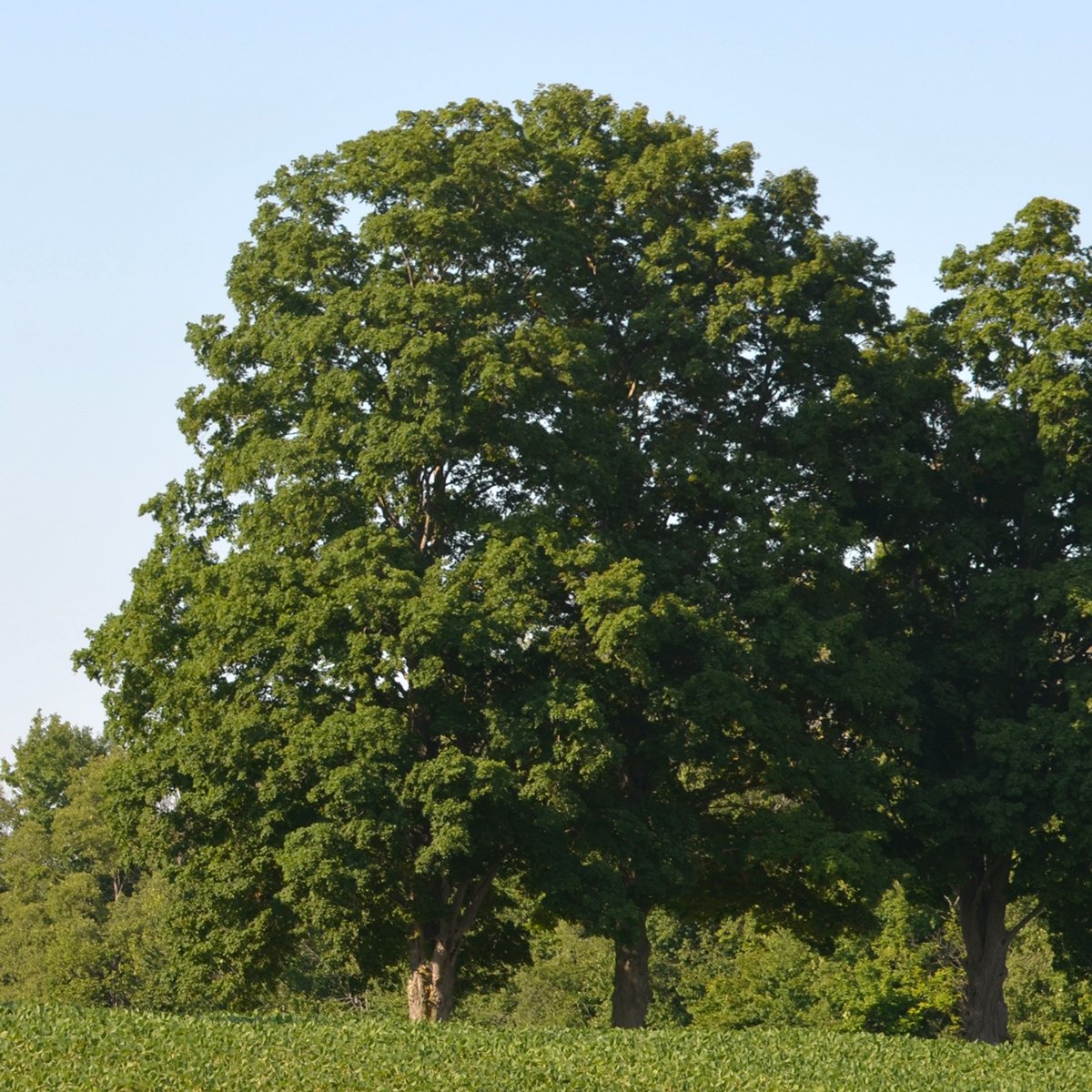Get to Know Our Natives by Nature
This month, we will get to know the Sugar Maple
Scientific name: Acer saccharum
Other common names: hard maple and rock maple
What sugar maple looks like
Size and shape
Large tree.
Reaches 35 metres high.
Reaches 90 centimetres in diameter.
Leaves
Yellowish-green.
8 to 20 centimetres long.
Have five lobes.
Turn yellow, brilliant orange or red in fall.
Bark
Smooth and gray.
Becomes darker and ridged as the tree ages.
Flower
Small, hanging clusters of yellowish-green flowers.
Appear just before leaves emerge.
Fruit
Seeds are contained in keys that are 30 to 35 millimetres long.
Seeds are produced most years, with an abundant crop every 4 to 7 years.
Where suage maple is found
Sugar maple is found in Central, Southern and parts of Northwestern Ontario.
What you need to know to grow sycamore
Moisture: grows best in moist soil.
Shade: tolerates shade but grows better in full sun.
Soil: grows best in deep, rich and well-drained soil.
Note: Sugar maple roots are deep and wide spreading. It’s a large and strong tree, ideal for use as a shade tree.
Benefits and uses of sugar maple
Wildlife benefits
Sugar maple is a food source for many mammals, including squirrels, chipmunks, porcupines, deer and moose. It is a food source and provides habitat for a variety of insects and birds.
Commercial uses
Wood from sugar maple is used for:
furniture, cabinetry, flooring, cutting boards, countertops and other interior finishes
bowling lanes
veneer
charcoal
musical instruments
sports equipment
Sap from sugar maple is used in a variety of commercial products, including:
maple syrup, sugar, candy, butter and coffee
candles





